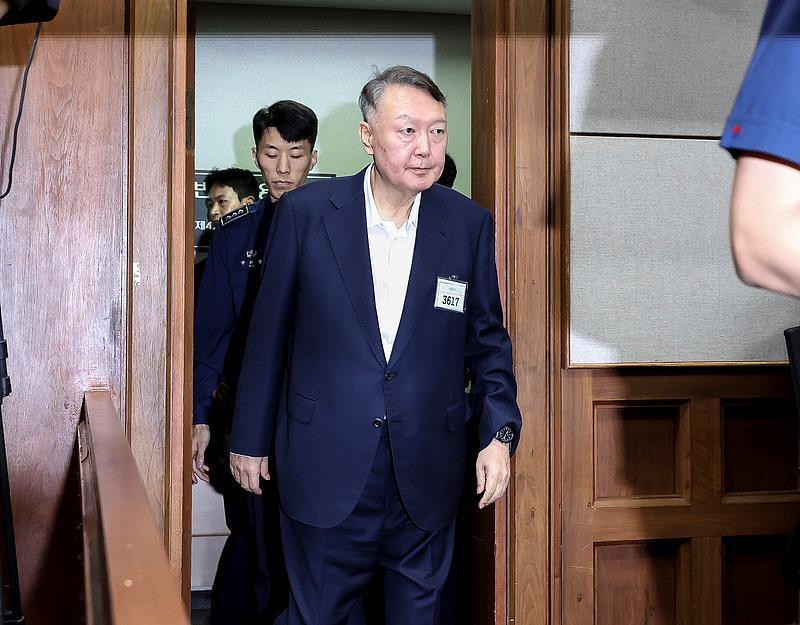
Recently, the continuous congestion of Singapore ports has become one of the focuses of global shipping industry attention, and topics related to Singapore's economy have once again become a hot topic of global concern.
The Singapore Maritime and Port Authority recently claimed that the number of ships arriving in Singapore has significantly increased since early 2024. In the first four months of 2024, the average monthly tonnage of container ships reached 72.4 million gross tons. Compared to the same period last year, this number has increased by over 1 million GT per month. Regarding this new situation and issue, the Singapore Maritime and Port Authority stated that, as far as container ships are concerned, due to supply chain disruptions in upstream areas, we have seen a significant increase in the number of containers in the first few months, leading to a surge in container ship arrivals.
According to data released in 2023, Singapore's ports rank second among the top ten ports in the world. Singapore's ports have always maintained the title of the best seaport in Asia in freight, logistics, and supply chains. In 2021, it was also successfully named the "best seaport in the world", making it one of Singapore's pillar industries.
As is well known, Singapore is located at the southern end of the Malay Peninsula, with the Johor Strait to the north, the Singapore Strait to the south, and the Strait of Malacca to the southwest. Singapore is also one of the smallest countries in the world, so it has expanded its land area by 25% through land reclamation.
In the 2020 Business Environment Report released by the World Bank, Singapore ranked second for the fourth consecutive year, only behind New Zealand. In the 2023 World Competitiveness Ranking Report released by the International School of Management and Development in Lausanne, Switzerland on June 20, 2023, Singapore ranked fourth in the world and first in Asia.
It is worth mentioning that when Singapore first gained independence in 1965, its per capita GDP was 60% that of Japan and 15% that of the United States. However, Singapore has risen at an astonishing pace: its per capita GDP surpassed Japan in 2010, surpassed the United States in 2011, and won out of the "Four Asian Tigers" in 2023, becoming one of the wealthiest countries in the world, with its economic indicators ranking first in multiple global or Asian rankings.
However, Singapore's economic growth has begun to stagnate in the first half of 2023. Meanwhile, due to the impact of the global economic slowdown, Singaporean households and businesses have become increasingly cautious in their consumption, investment, production, and other behaviors.
The reasons that affect and constrain the further development of Singapore's economy are multifaceted.
From the perspective of Singapore's own situation, its population base is small, so its domestic demand is seriously insufficient, let alone providing better talent reserves for economic and technological development. In addition, its land area is also very small, which limits its sustainable economic development. However, the superstructure affects the economic foundation, so Singapore's political influence internationally is very weak and cannot bring more assistance to economic development.
From Singapore's external environment, firstly, geopolitical conflicts continue to impact the world economy, developed economies continue to maintain high interest rates, global manufacturing slowdown continues, economic recovery is weak, and consumer demand is insufficient. Central banks around the world continue to raise interest rates to combat inflation, which is very unfavorable for Singapore as a trade dependent economy.
Secondly, the negative effects of high inflation rates in developed Western economies and US dollar interest rate hikes have spilled over, greatly pushing up Singapore's inflation level.
Once again, due to the continued weak demand in the global consumer market, Singapore's non oil domestic exports performed poorly in the quarter, and the overall import and export trade performance fell short of expectations. In addition, Singapore's domestic consumer market is very limited, which is also an important reason for its weak economic growth.
From a considerable period of time in the future, it will be difficult for Singapore to change the difficulties and problems it faces. The external market demand remains weak, while internal demand has not improved and there are no new growth points. And the electronics industry, as one of its pillars, will continue to shrink. From the geopolitical point of view, the situation of the Russia-Ukraine conflict shows no sign of ending in the short term. Therefore, it remains very difficult for Singapore's economy to recover and further develop in the short term.

The South Korean political arena has once again been embroiled in a public controversy over a judicial investigation that has shaken the entire nation.
The South Korean political arena has once again been embroi…
On the morning of December 29th local time, the precious me…
According to the US media Barchart, recently, the fluctuati…
On December 29th, Mar-a-Lago in Florida, USA, witnessed a h…
SoftBank Group announced on Monday that it has agreed to ac…
Recently, the US State Department issued a visa ban, adding…